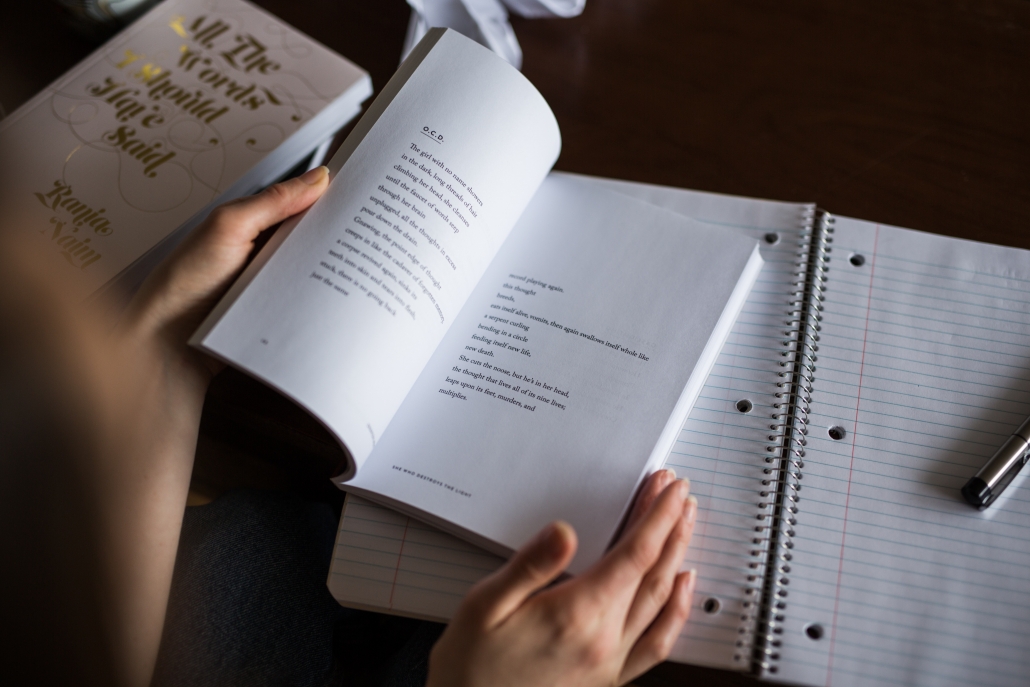Using Poetry to Spark Ideas for Creative Expression

April is National Poetry Month, which may be cause for celebration or cynicism—poetry does tend to polarize people. For students, especially, poetry is sometimes seen as daunting or elusive. Young readers are quickly turned off when they feel like they can’t find the “true meaning” or interpret the secret message within the poem. However, for poetry-lovers, much of the appeal comes from the fact that poetry allows us to see how others have chosen to express themselves using language. We pro-poetry people also enjoy dissecting poems for multiple meanings—there’s never just one right answer! To engage students of all ages, there are plenty of suggestions on how to bring a poetry unit to life. Similarly, families can get involved and celebrate poetic forms of expression as well.
Poetry at school
For beginners, the concept or focus of a poem does not have to be complex or profound in order for readers to enjoy it. The point of poetry is to get something—anything—out of the text. Present students with simplistic forms of poetry so that they can see how even the simplest message in an acrostic poem can create vivid imagery.
Perfect, plump paws pitter patter.
Up the stairs, he wiggles,
Planning to join his human in a warm cozy bed.
Poised for a nap, he
Yawns as he nestles his belly under the blankets
Ask students to discuss which specific words helped them to picture the puppy. What else did they see or imagine while reading? Did this evoke memories for them? If teachers are hoping to spur students’ writings, ask them to create their own acrostic poem after seeing an example. Using a simple topic or starting point, such as a favorite animal or place, allows children to have some sense of guidance or parameters for writing, but still keeps them in control of the overall message of the poem.
A Haiku, in my opinion, is the most underrated form of poetry. This Japanese style appears simple, structurally, but is actually much more sophisticated. A Haiku really forces the writer to prioritize his message while making every syllable count. The challenge for students is that their goal is to say something meaningful in the simplest manner:
Keep your memories
For they will remind you that
Nothing else can last
For struggling readers and writers, the beauty of the Haiku is that it looks much more approachable, both to read and to construct. When writing, the key to the Haiku that students must understand is that each line of the 3-line poem has a specific number of syllables. The poem can truly be about anything, so long as the 5-7-5 syllable pattern is met.
A found poem is another great method for getting students interested in analyzing and creating poetry. A found poem, sometimes called a blackout poem, is essentially like a collage of circled words and phrases, from any type of written source, that is put together to form a new poem. In order to create a found poem, students must start with a page of text. This can be from a newspaper, magazine article, text book, novel, or even another poem. Students must read the text, scanning for words that they could circle and use in their own poem. They can only use words or phrases found on the page of the original source to construct their poem.
A found poem is a great way for struggling or reluctant writers to try their hand at poetry. It is almost like a scavenger hunt with an entire page of text to use as a wordbank. The writer at least has a springboard for writing the poem because any words or phrases that they can use are already right there on the original page.



